
For polling, Christianity is a wide net, encompassing hundreds of denominations, sects, and offshoot religions. By some counts, there are roughly 45,000 Christian denominations.
“Christian”, along with many other sects, includes Catholics, Protestants, and Mormons, representing an array of beliefs and doctrines that not only differ, but often contradict. Their distinctions can be as minute as differing worship styles or involve contentious theological questions, like the existence of free will.
Major Denominations:
Catholic - 50.1%
Protestants - 36.7%
Eastern Orthodox - 9.4%
Oriental Orthodox - 2.5%
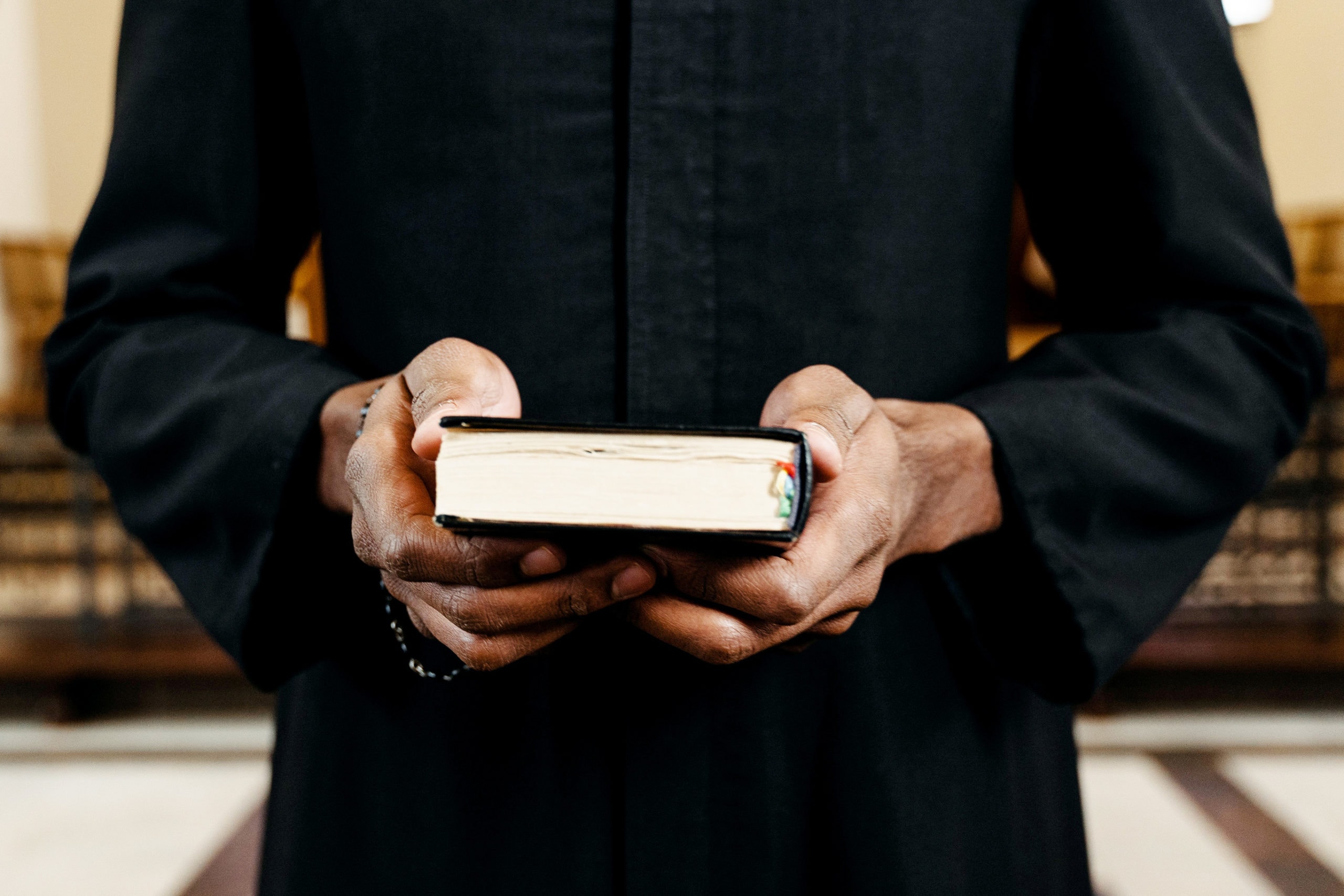
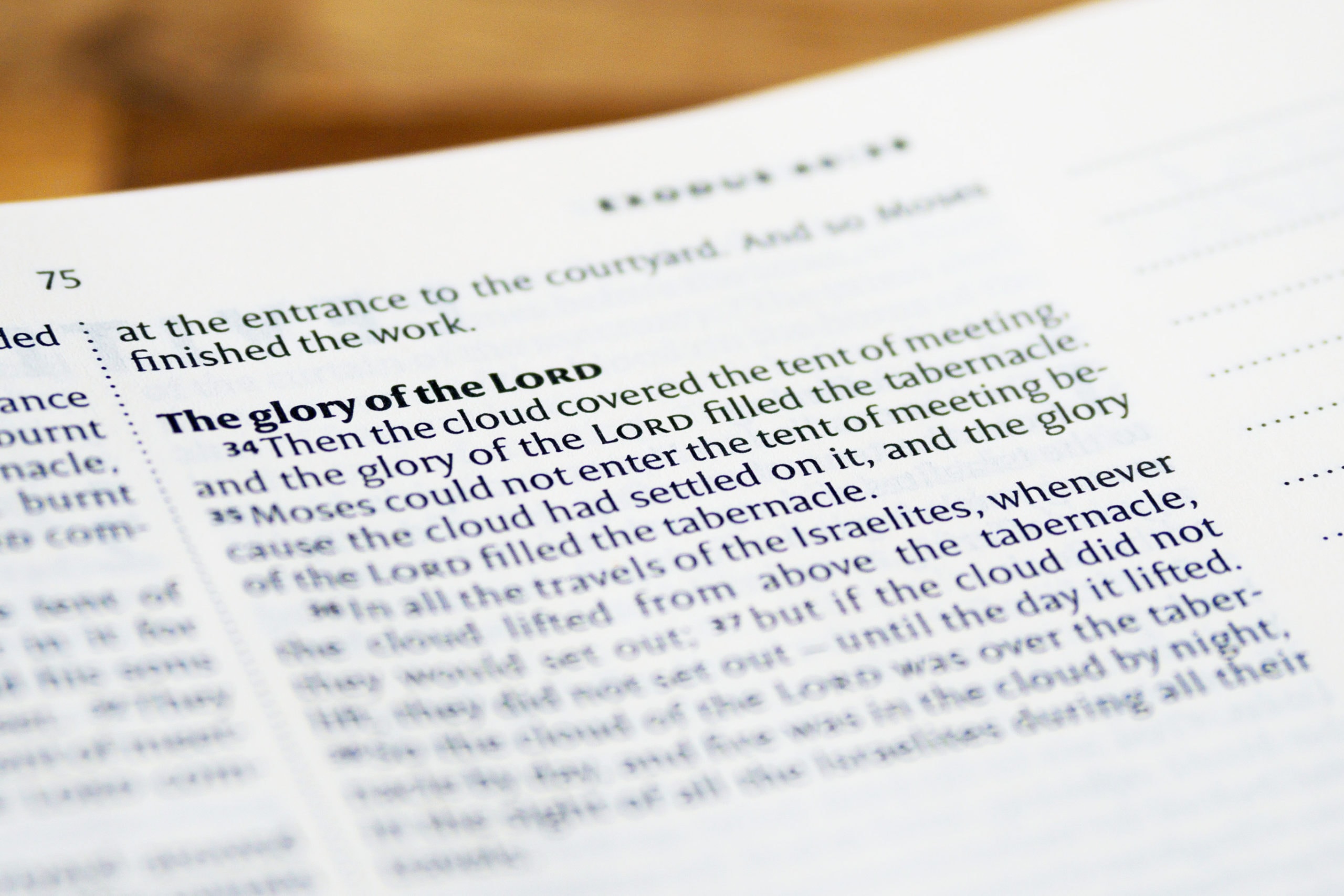
What is Christianity?
Most Christian sects agree on a few essential tenets:
- There is one omnipotent God with three distinct manifestations known as the Holy Trinity: the Father, the Son (Jesus), and the Holy Spirit.
- Jesus Christ was crucified and resurrected to cleanse humanity of its sin.
- Humans are born sinful (a concept known as “Original Sin”) and must be redeemed through Christ’s sacrifice.
- The Holy Bible, which consists of the Old and New Testaments, is the infallible word of God.
Beyond these core tenets, other doctrines are followed in Christianity but can differ across denominations. For instance, prayer, baptism, and Communion are common rituals. The execution of those rituals, however, varies.
Such differences have caused splits within the Church. Further divisions have occurred along theological and scriptural lines.
The Sects of Christianity
Describing every branch of Christianity in the world would take thousands of pages. In the U.S. alone, there are roughly 200 different denominations. However, most branches fall under two broader denominations: Catholics and Protestants. Globally, Catholics represent roughly 50% of Christians, and Protestants nearly 37%, with the third largest denomination, Orthodox Christianity, making up only 12% of all Christians.
Catholicism
Christian churches began forming shortly after Christ’s crucifixion in roughly 30 A.D., and from them came various scriptures, letters, and prophetic writings, some of which would eventually be canonized as the New Testament.
These early Christian groups were known by various names in addition to Christians, including the Sect of the Nazarenes (Jesus was from Nazarene), Followers of the Way, and even, simply, Sheep (Jesus being the Shepherd).
The early churches were mostly unaffiliated bodies until Roman Emperor Constantine I converted to Christianity in the early 4th century. Constantine’s conversion not only helped end persecution of Christians in the Roman Empire, it led to Christianity becoming the state religion of the empire.
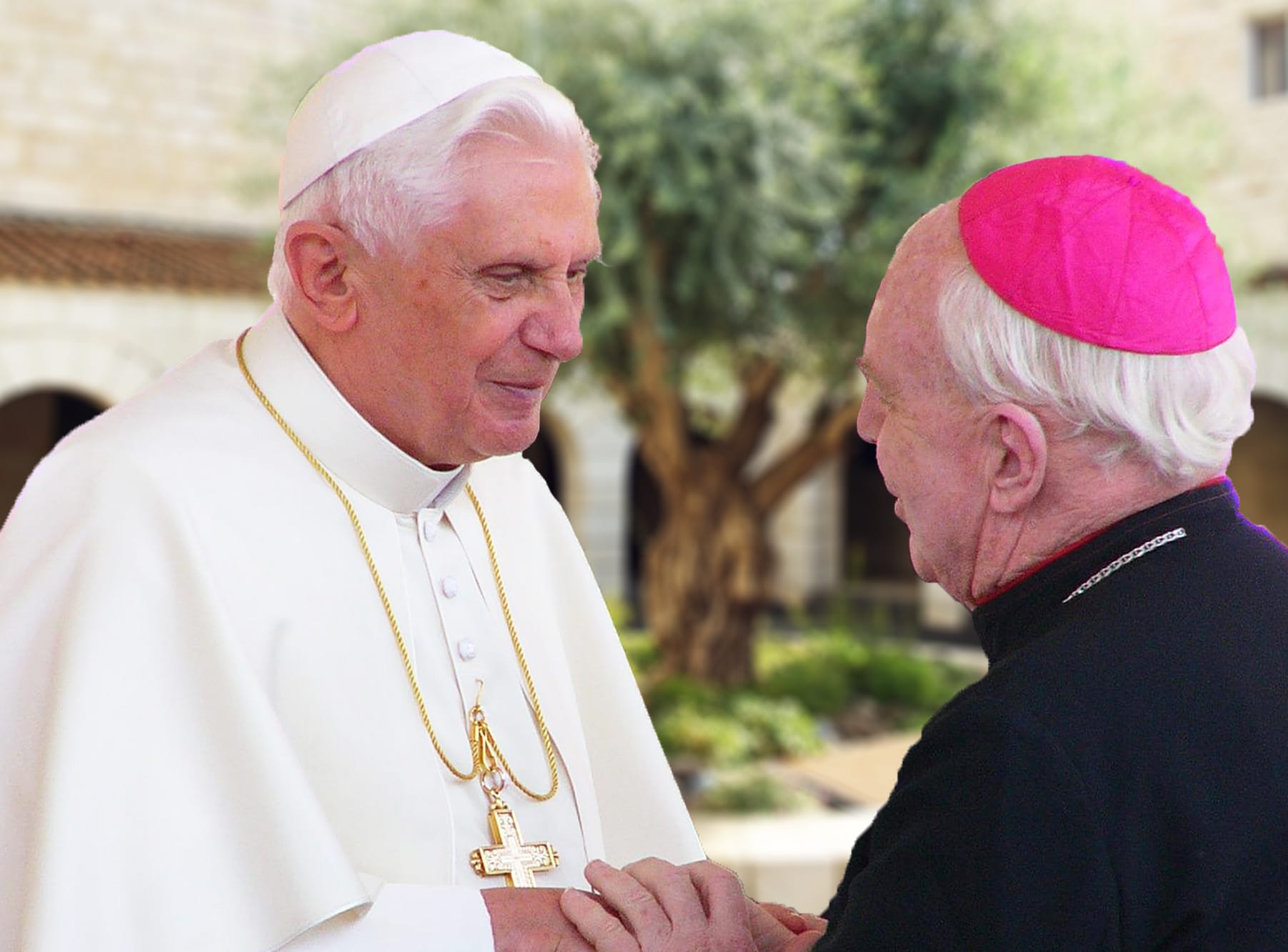
Former Pope Benedict XVI greeting a Bishop
For centuries, the Roman Catholic Church, led by the Pope (God’s holy emissary on Earth), was effectively the totality of Christianity. However, after the Roman Empire collapsed in 476 A.D., rifts started appearing, principally between the Western and Eastern sects.
In the 11th century, “the Great Schism” occurred: the Eastern Orthodox Church broke from the Roman Catholic Church.
Despite this split, Catholicism remained the dominant Church throughout the Western world for another 500 years, until the Reformation.
In 1517, Martin Luther, a German monk, published a lengthy criticism of the Church. Luther’s “Ninety-Five Theses” addressed what he perceived as theological failings in the Church, specifically the concept of “indulgences,” actions taken by believers to absolve themselves of their sins (Luther’s document is also titled “Disputation on the Power and Efficacy of Indulgences”).
Though devoutly Catholic, Luther’s protests initiated a rebellion in the Church known as the Reformation. From this rebellion, the Protestant Church emerged.
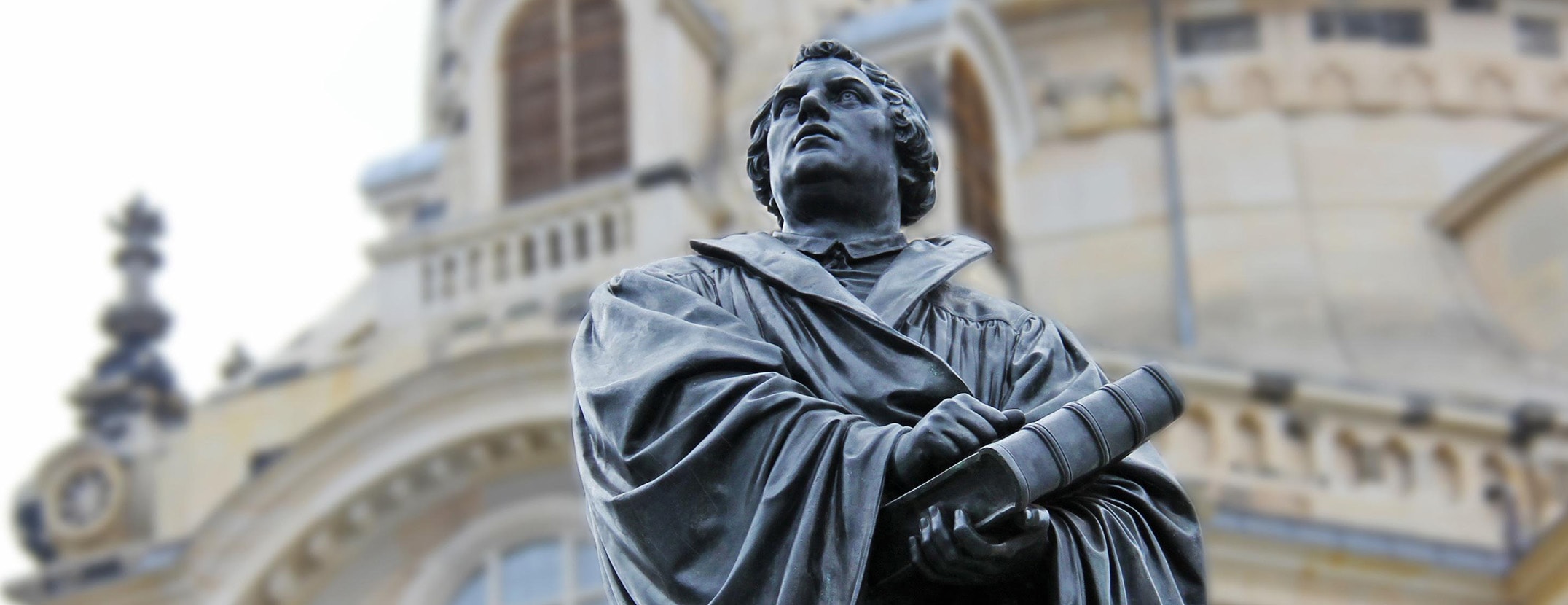
Statue of Martin Luther at the Frauenkirche (Church of Our Lady), Dresden, Germany
Breakaway sects
Many Protestants deny that Catholics are true Christians, and vice versa. Similarly, there are multiple breakaway sects that are essentially separate religions, including Mormons and Jehovah’s Witnesses.
While these sects accept most central tenets of Christianity, they add supplemental scriptures (The Book of Mormon) or break from certain established doctrines (Jehovah’s Witnesses reject the traditional idea of the Holy Trinity).
As a result, these sects are counted as Christians for demographic purposes but aren’t considered “true” Christians by many in the major denominations.
Most Common Denomination by Country
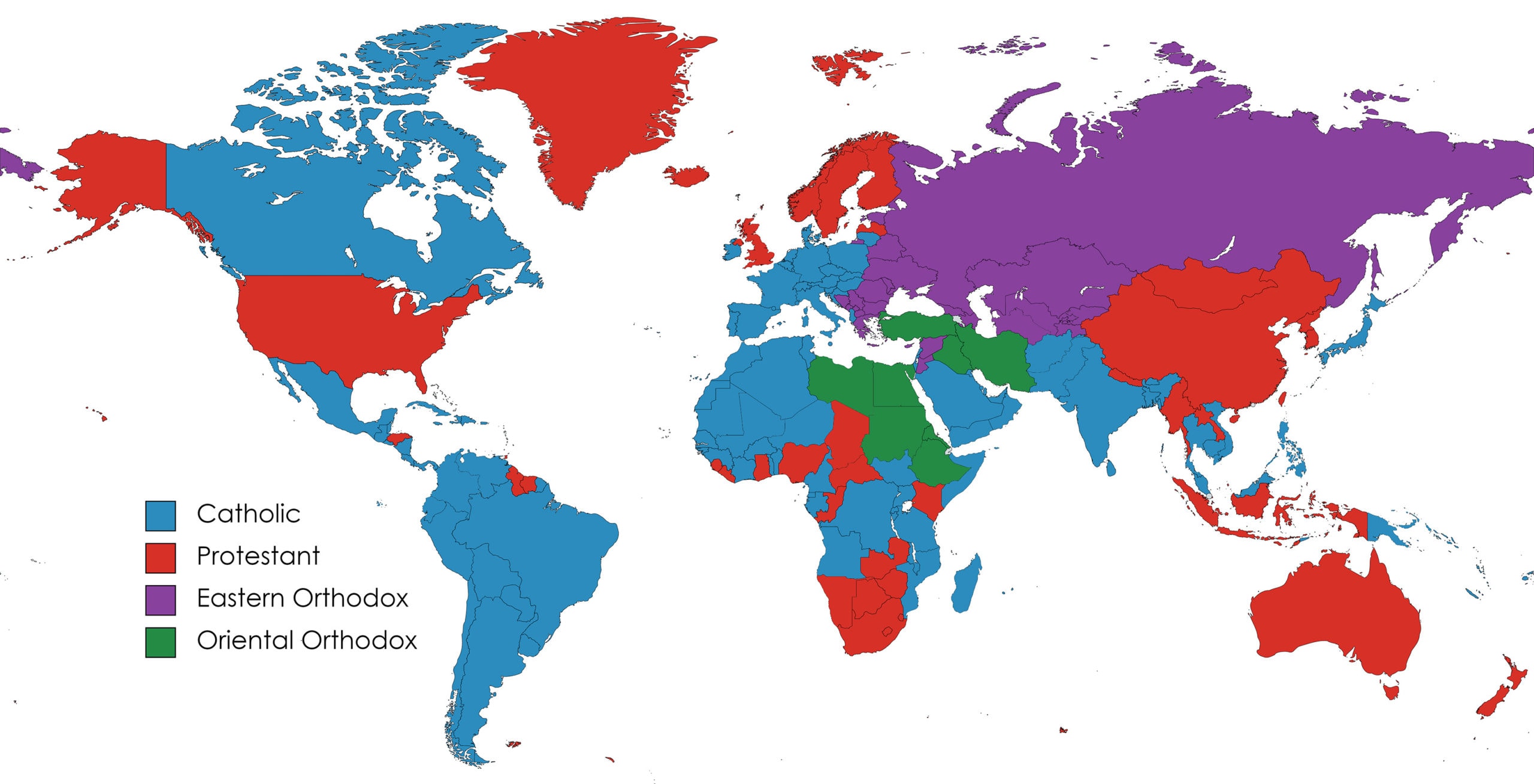
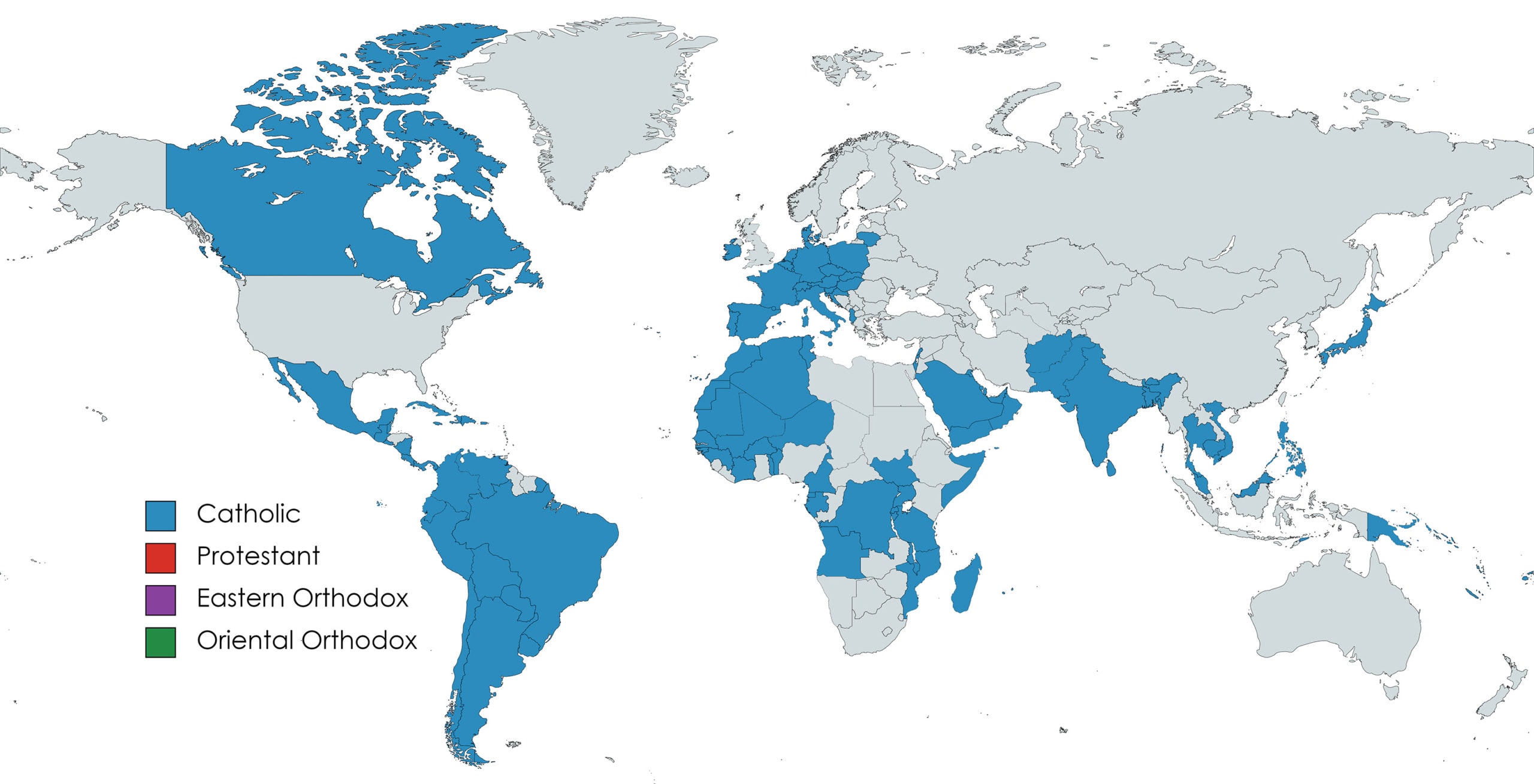
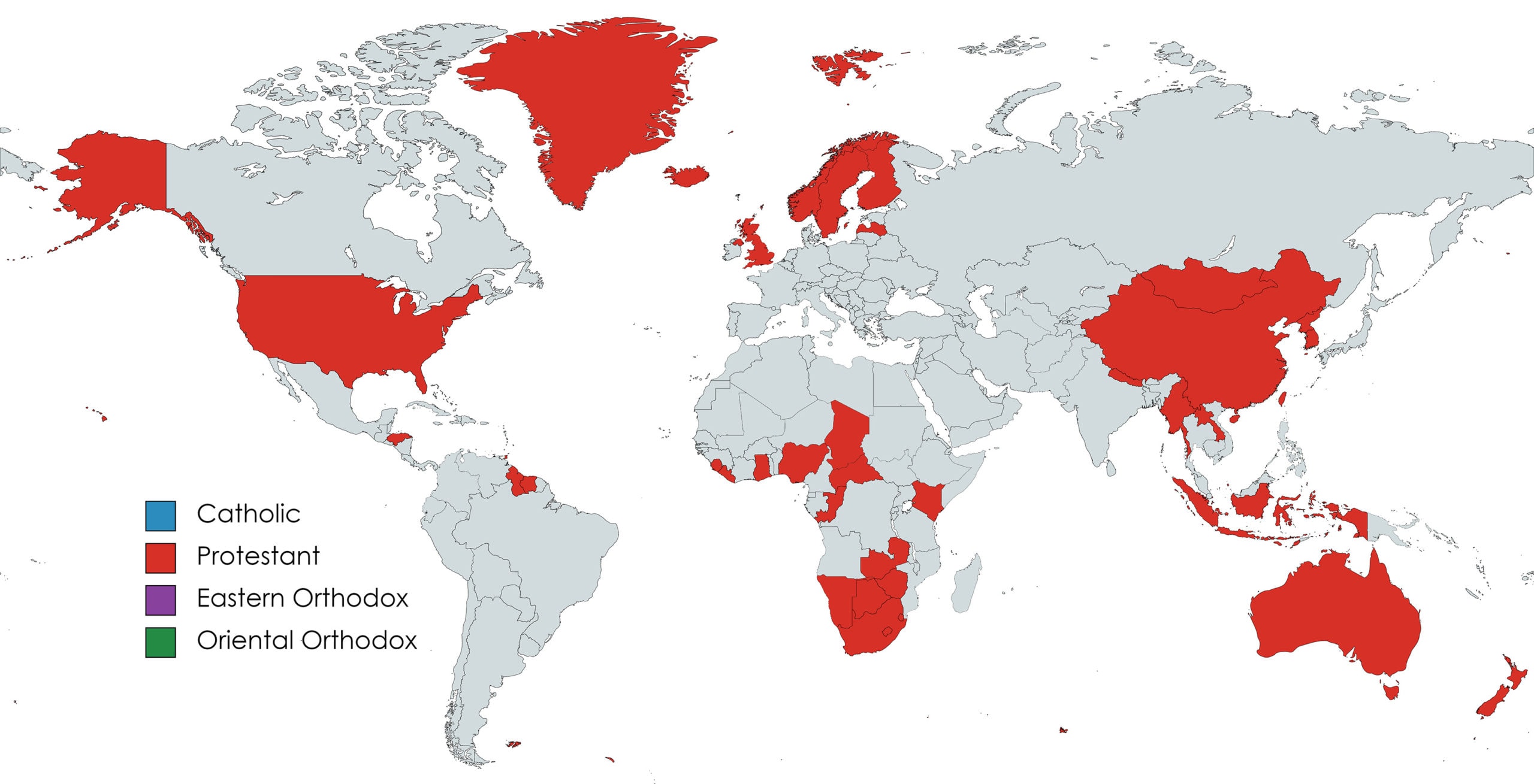
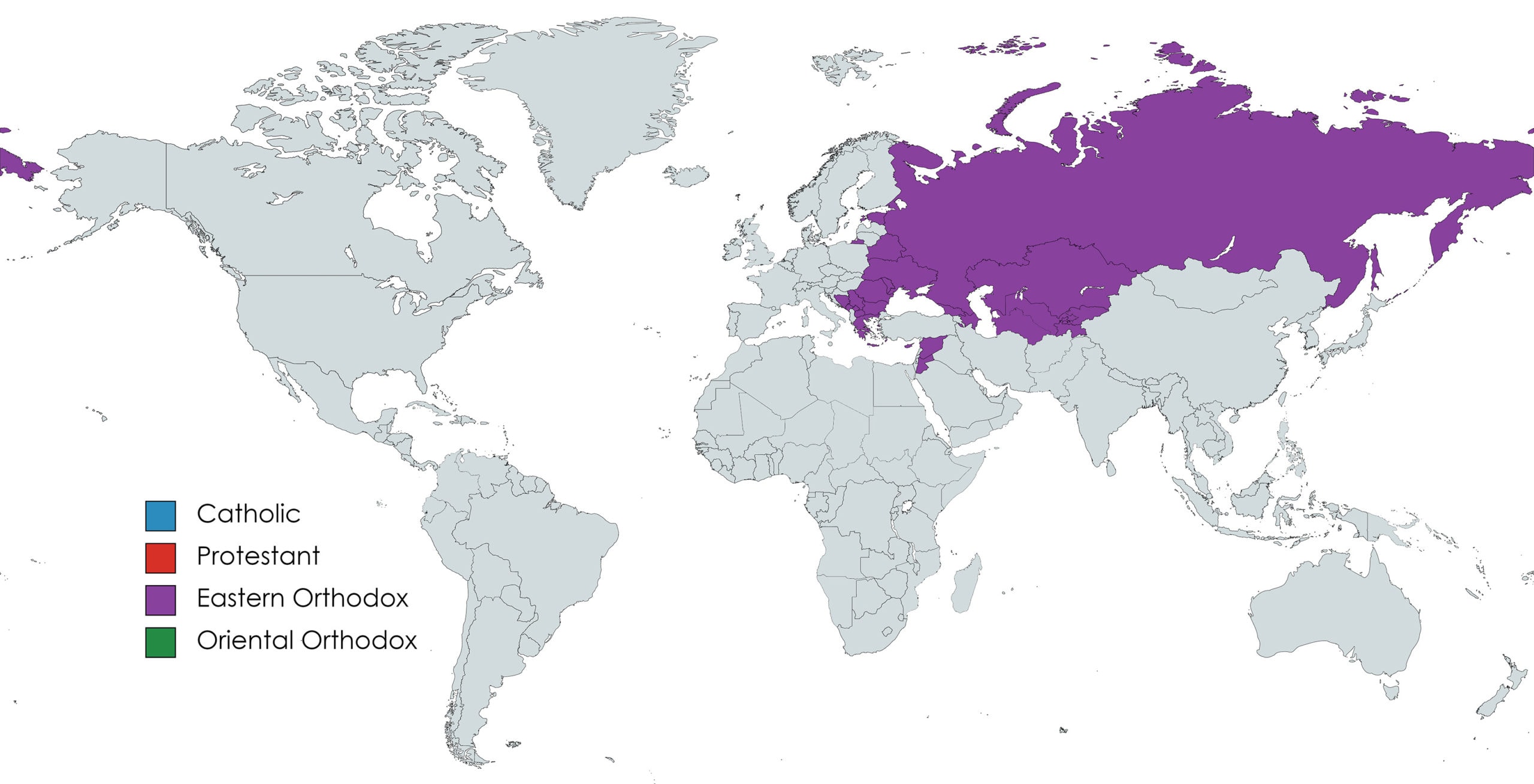
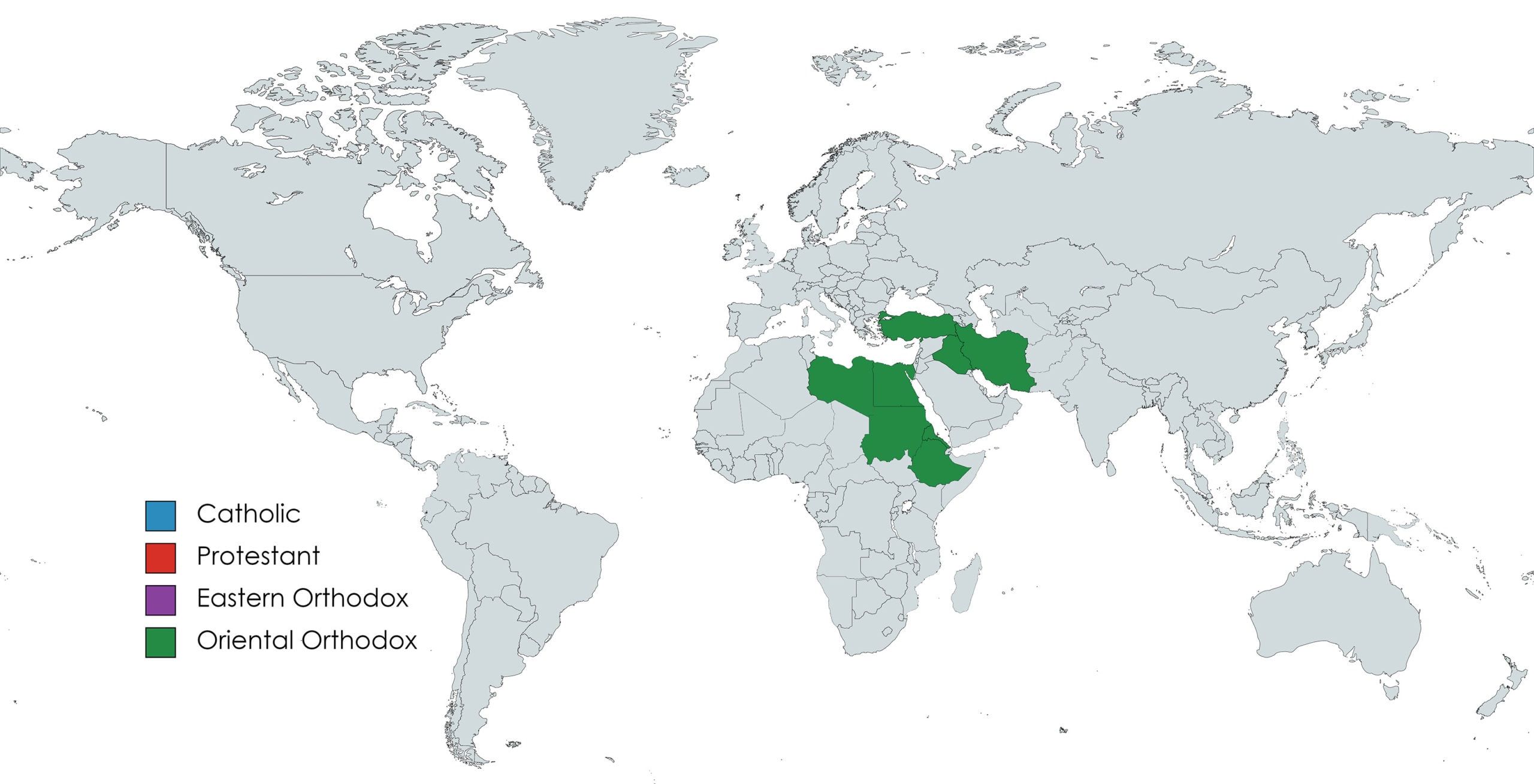
Historical Oppression
Now on the cusp of its third millennium, Christianity is failing to adapt to the norms of modern society. It’s unsurprising from a religion that has historically killed heathens, heretics, and any group who did not conform to its rigid societal order.
For much of its existence, the Church’s power and authority has been wielded against women to enforce a patriarchal hierarchy. One well known example is the 19 purported demon-possessed “witches” who were hanged for their acts against god.
Less than two centuries ago, the Christian Church endorsed and upheld slavery in America. The 20th century saw it reinforce systems of racial bigotry, while paying little attention to greed, adultery, and pride in its own ranks.
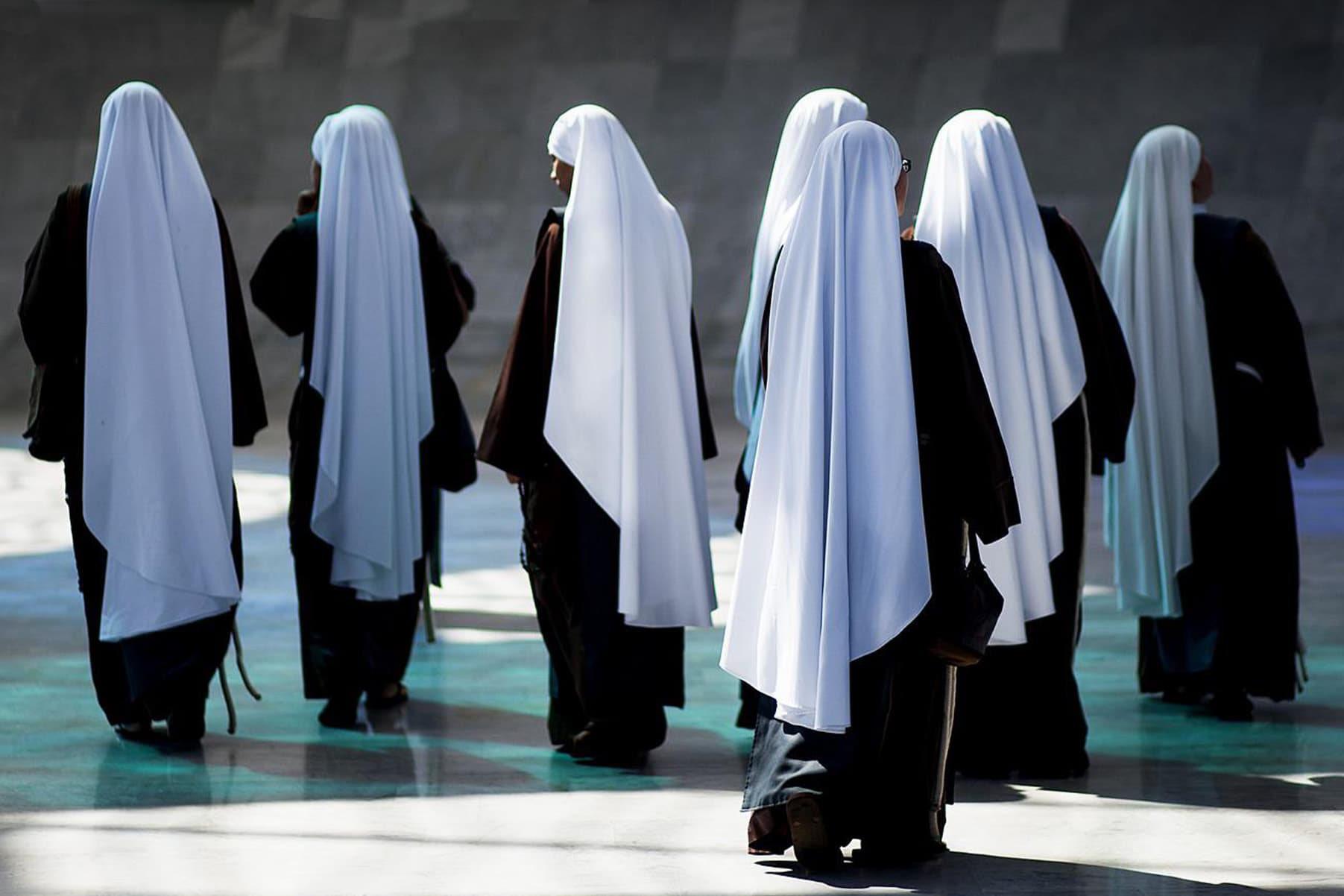
Catholic nuns in traditional attire or "religious habit"
In the 21st century, the Church has placed the LGBTQ community firmly in its target, with anti-LGBTQ rhetoric pouring from pulpits, often with overtures to violence. Many Christian leaders refuse to acknowledge the sexual spectrum of mankind, denying the very identities of millions of people. Even as LGBTQ rights have expanded globally, much of the Church is doubling down on its bigotry and fighting tooth and nail to shove anyone who is not a cisgender heterosexual back in the closet.

In 2020, Pew Research Center found that 63% of U.S. adults identify as Christian. Though that is a dramatic decline from 77% in 2009, compared to all other religious (and non-religious) groups, Christianity is easily the predominant religion in the United States.
Globally, Christians are estimated to number 2.4 billion, more than a quarter of the world’s population. At just over 1.9 billion adherents, Islam is the next closest contender.
For polling, Christianity is a wide net, encompassing hundreds of denominations, sects, and offshoot religions. “Christian” includes Catholics, Protestants, and Mormons, representing an array of beliefs and doctrines that not only differ, but often contradict each other.
What is Christianity?
By some counts, there are roughly 45,000 Christian denominations. Their distinctions can be as minute as differing worship styles or involve contentious theological questions, like the existence of free will.
Most Christian sects agree on a few essential tenets:
1. There is one omnipotent God with three distinct manifestations known as the Holy Trinity: the Father, the Son (Jesus), and the Holy Spirit.
2. Jesus Christ was crucified and resurrected to cleanse humanity of its sin.
3. Humans are born sinful (a concept known as “Original Sin”) and must be redeemed through Christ’s sacrifice.
4. The Holy Bible, which consists of the Old and New Testaments, is the infallible word of God.
Beyond these core tenets, other doctrines are followed in Christianity but can differ across denominations. For instance, prayer, baptism, and Communion are common rituals. The execution of those rituals, however, varies.
Such differences have caused splits within the Church. Further divisions have occurred along theological and scriptural lines.
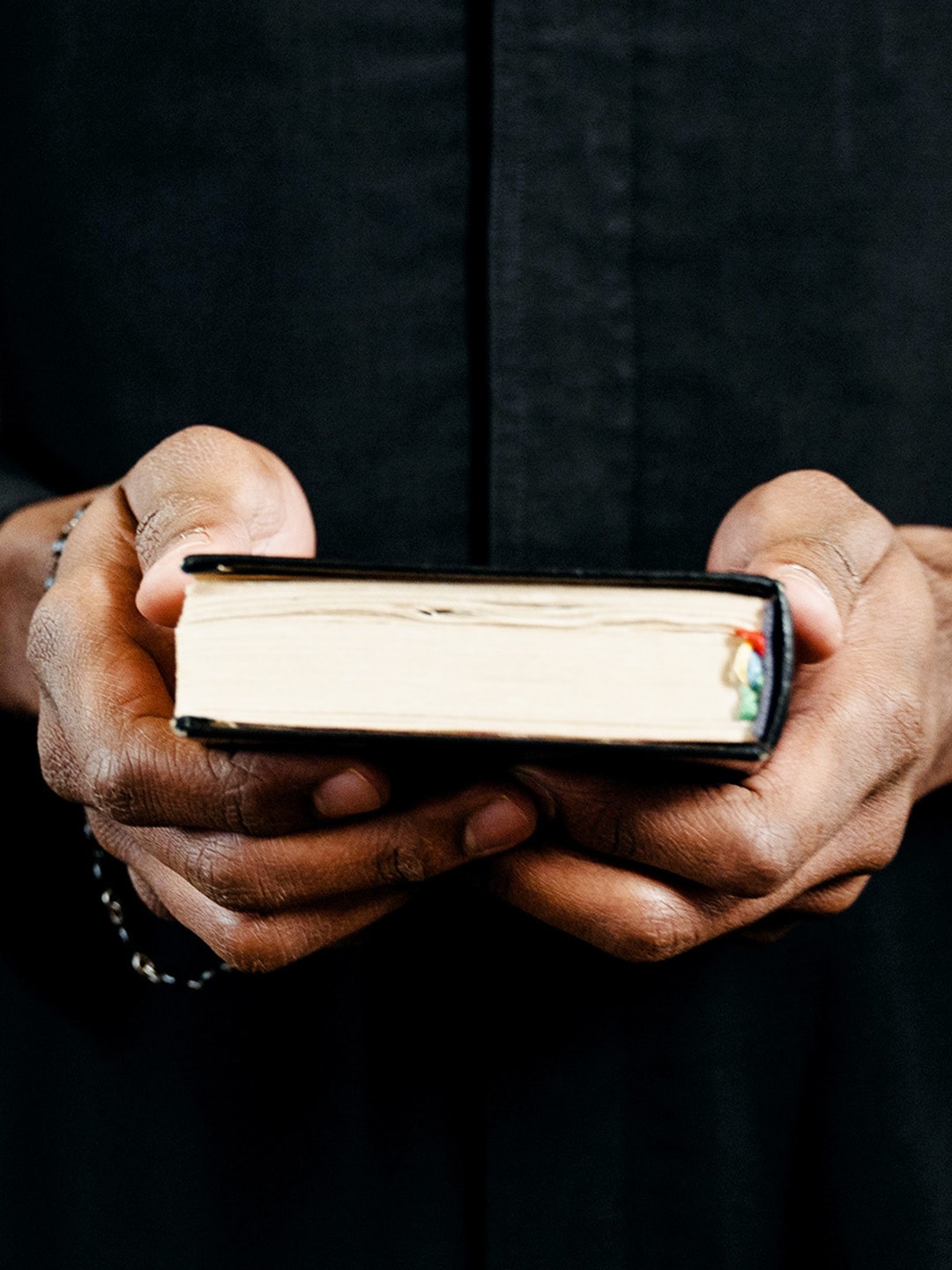
The Sects of Christianity
Describing each branch of Christianity would take thousands of pages. In the U.S. alone, there are roughly 200 different denominations.
However, most branches fall under two broader denominations: Catholics and Protestants. Globally, Catholics represent roughly 50% of Christians, and Protestants nearly 37%, with the third largest denomination, Orthodox Christianity, making up only 12% of Christians worldwide. By contrast, the U.S. has a far larger Protestant population, at 67%, with only 30% being Catholic and not even 1% being Orthodox.
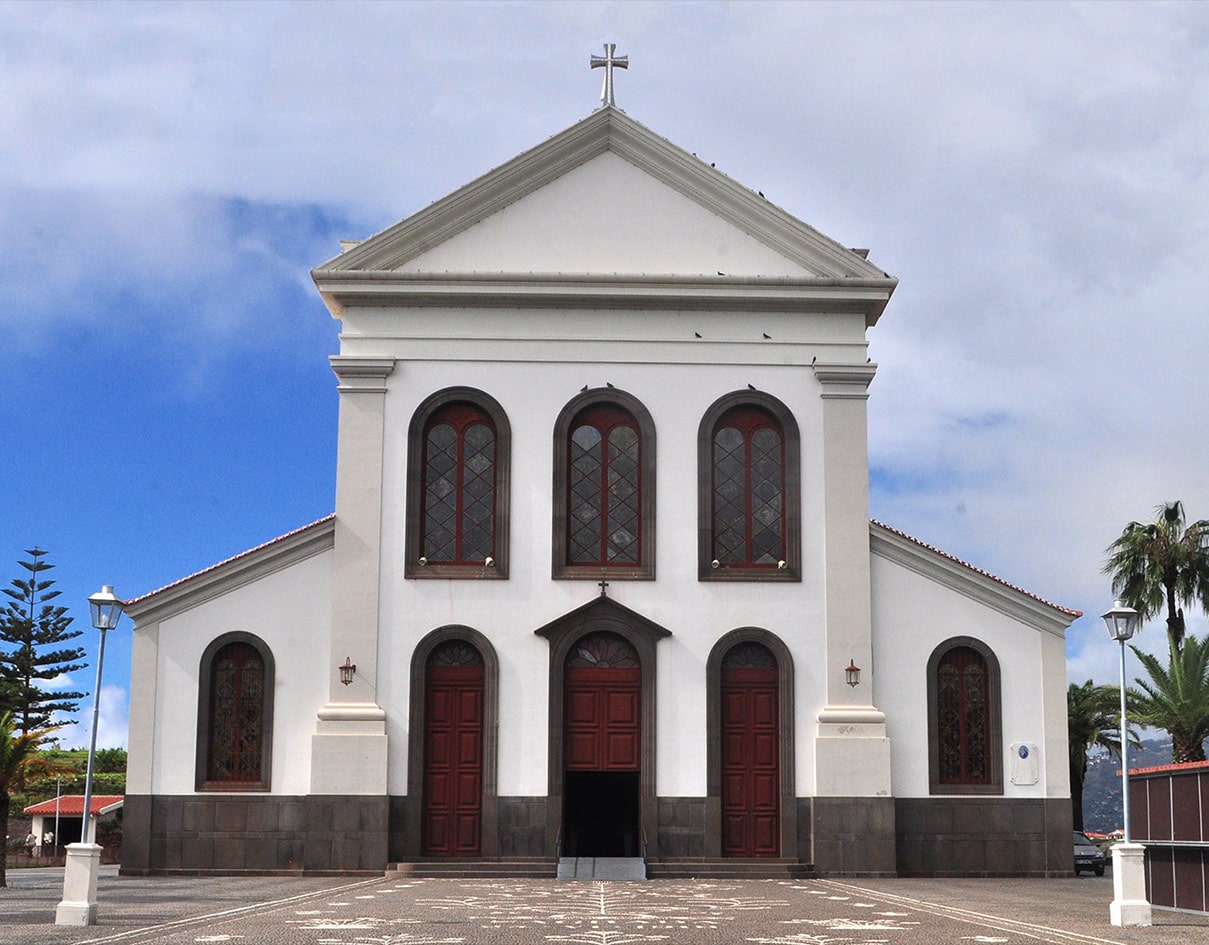
Catholicism
Christian churches began forming shortly after Christ’s crucifixion in roughly 30 A.D., and from them came various scriptures, letters, and prophetic writings, some of which would eventually be canonized as the New Testament.
These early Christian groups were known by various names in addition to Christians, including the Sect of the Nazarenes (Jesus was from Nazarene), Followers of the Way, and even, simply, Sheep (Jesus being the Shepherd).
The early churches were mostly unaffiliated bodies until Roman Emperor Constantine I converted to Christianity in the early 4th century. Constantine’s conversion not only helped end persecution of Christians in the Roman Empire, it led to Christianity becoming the state religion of the empire.
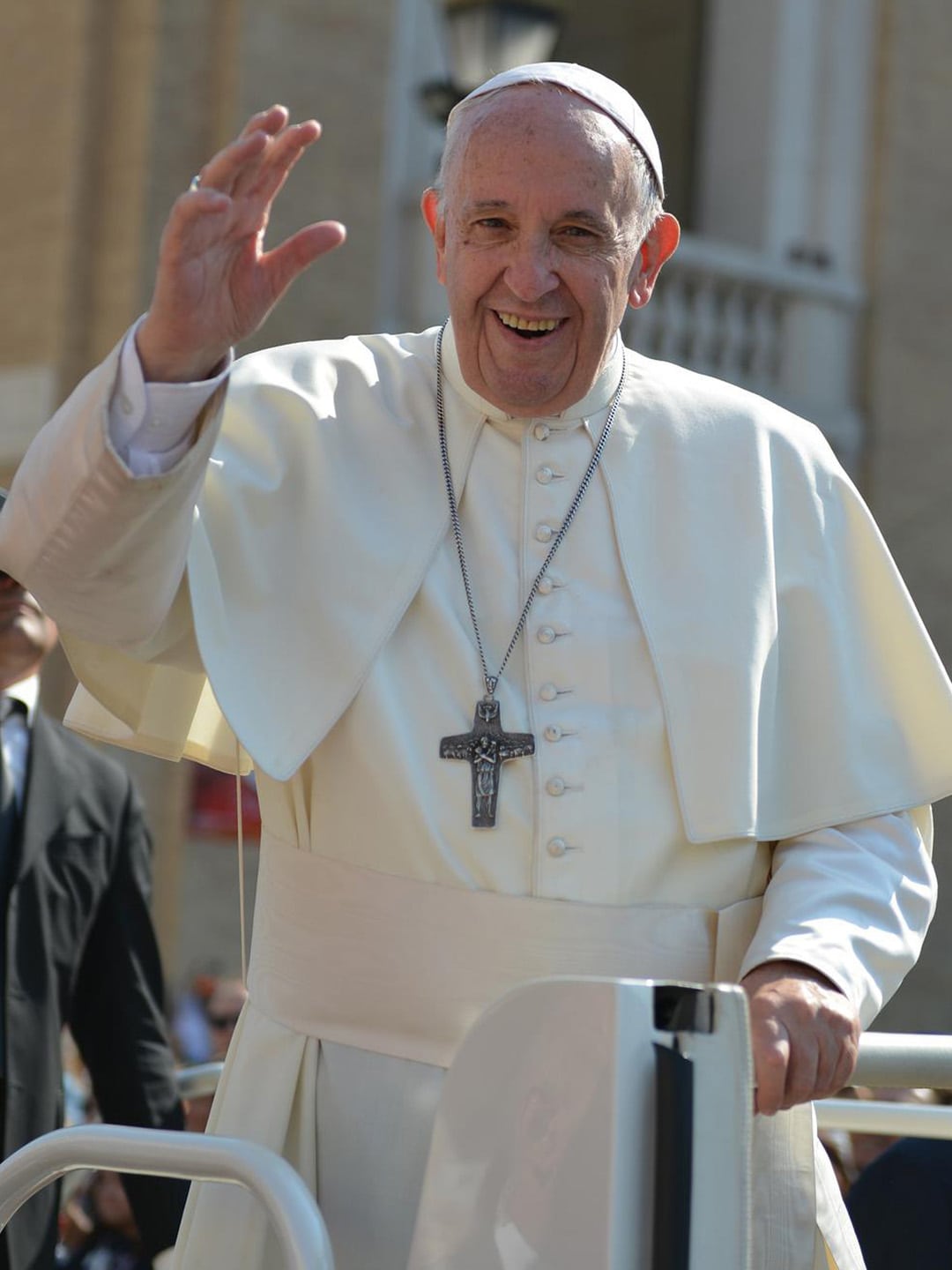
For centuries, the Roman Catholic Church, led by the Pope (God’s holy emissary on Earth), was effectively the totality of Christianity. However, after the Roman Empire collapsed in 476 A.D., rifts started appearing, principally between the Western and Eastern sects.
In the 11th century, “the Great Schism” occurred: the Eastern Orthodox Church broke from the Roman Catholic Church.
Despite this split, Catholicism remained the dominant Church throughout the Western world for another 500 years, until the Reformation.

For In 1517, Martin Luther, a German monk, published a lengthy criticism of the Church. Luther’s “Ninety-Five Theses” addressed what he perceived as theological failings in the Church, specifically the concept of “indulgences,” actions taken by believers to absolve themselves of their sins (Luther’s document is also titled “Disputation on the Power and Efficacy of Indulgences”).
Though devoutly Catholic, Luther’s protests initiated a rebellion in the Church known as the Reformation. From this rebellion, the Protestant Church emerged.
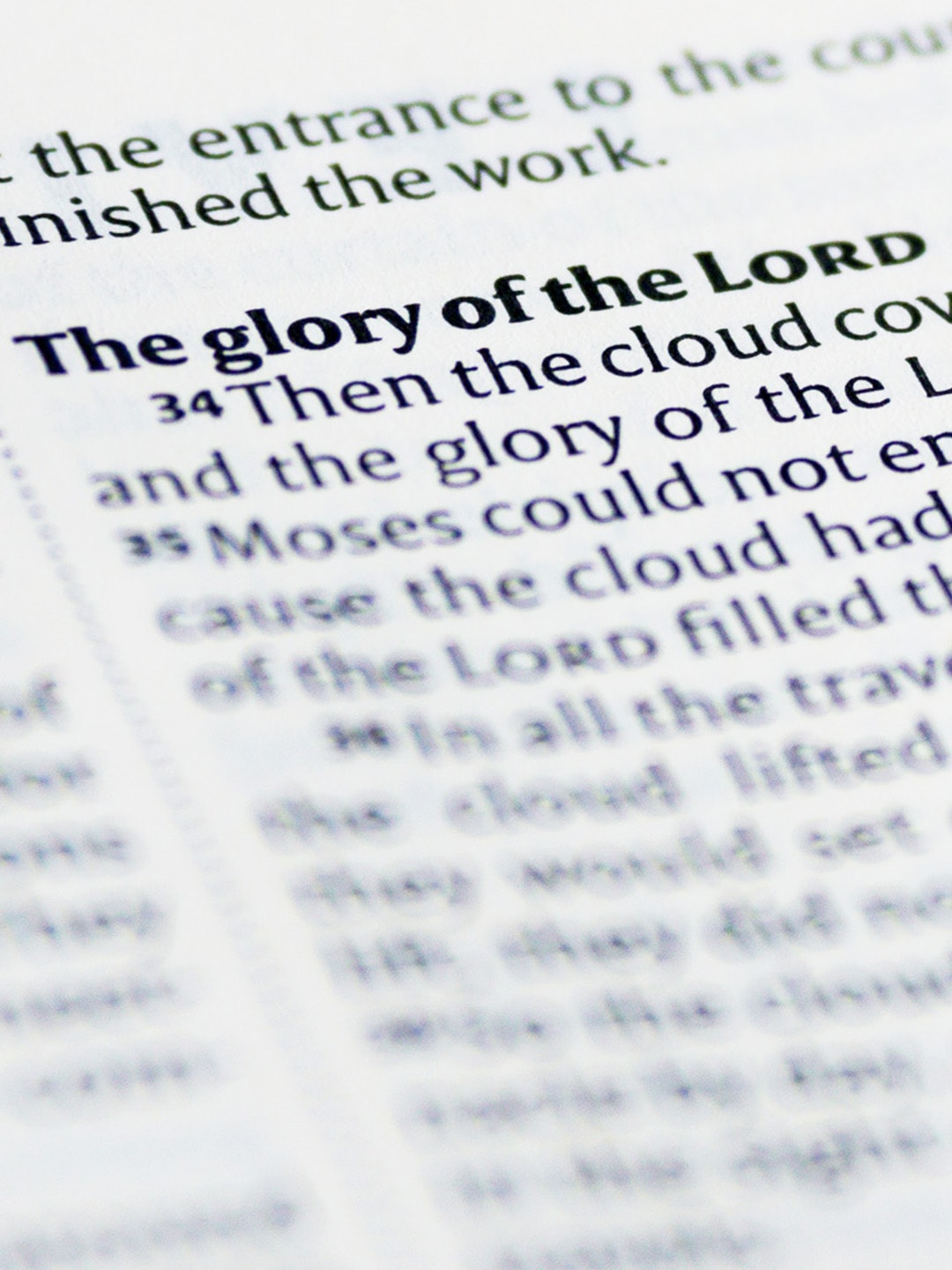
Breakaway sects
Many Protestants deny that Catholics are true Christians, and vice versa. Similarly, there are multiple breakaway sects that are essentially separate religions, including Mormons and Jehovah’s Witnesses.
While these sects accept most central tenets of Christianity, they add supplemental scriptures (The Book of Mormon) or break from certain established doctrines (Jehovah’s Witnesses reject the traditional idea of the Holy Trinity).
As a result, these sects are counted as Christians for demographic purposes but aren’t considered “true” Christians by many in the major denominations.

Historical Oppression
Now on the cusp of its third millennium, Christianity is failing to adapt to the norms of modern society. It’s unsurprising from a religion that has historically killed heathens, heretics, and any group who did not conform to its rigid societal order.
For much of its existence, the Church’s power and authority has been wielded against women to enforce a patriarchal hierarchy. One well known example is the 19 purported demon-possessed “witches” who were hanged for their acts against god.
Less than two centuries ago, the Christian Church endorsed and upheld slavery in America. The 20th century saw it reinforce systems of racial bigotry, while paying little attention to greed, adultery, and pride in its own ranks.
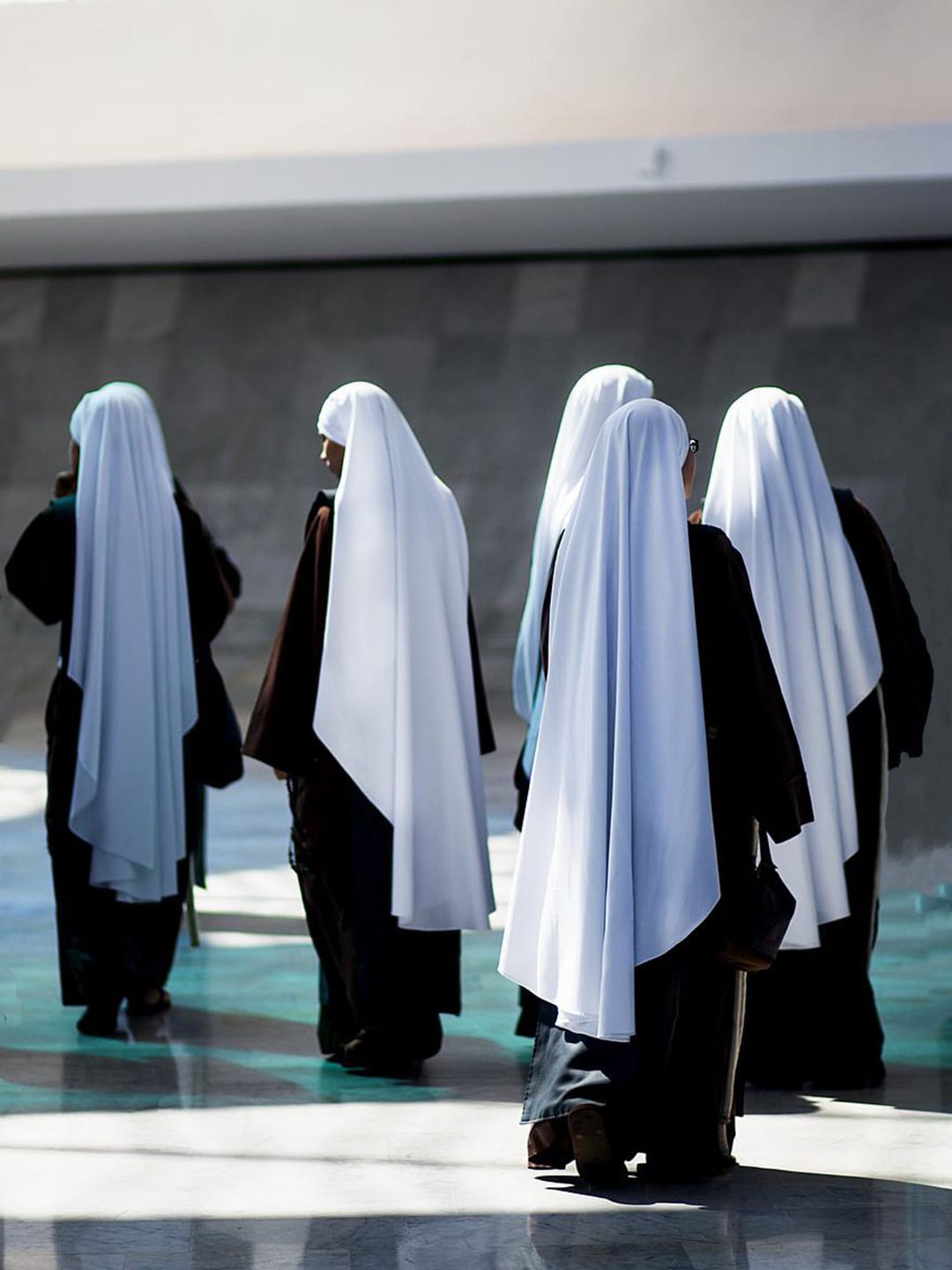
In the 21st century, the Church has placed the LGBTQ community firmly in its target, with anti-LGBTQ rhetoric pouring from pulpits, often with overtures to violence. Many Christian leaders refuse to acknowledge the sexual spectrum of mankind, denying the very identities of millions of people. Even as LGBTQ rights have expanded globally, and with a growing contingent who believe Jesus himself was gay, much of the Church is doubling down on its bigotry and fighting tooth and nail to shove anyone who is not a cisgender heterosexual back in the closet.